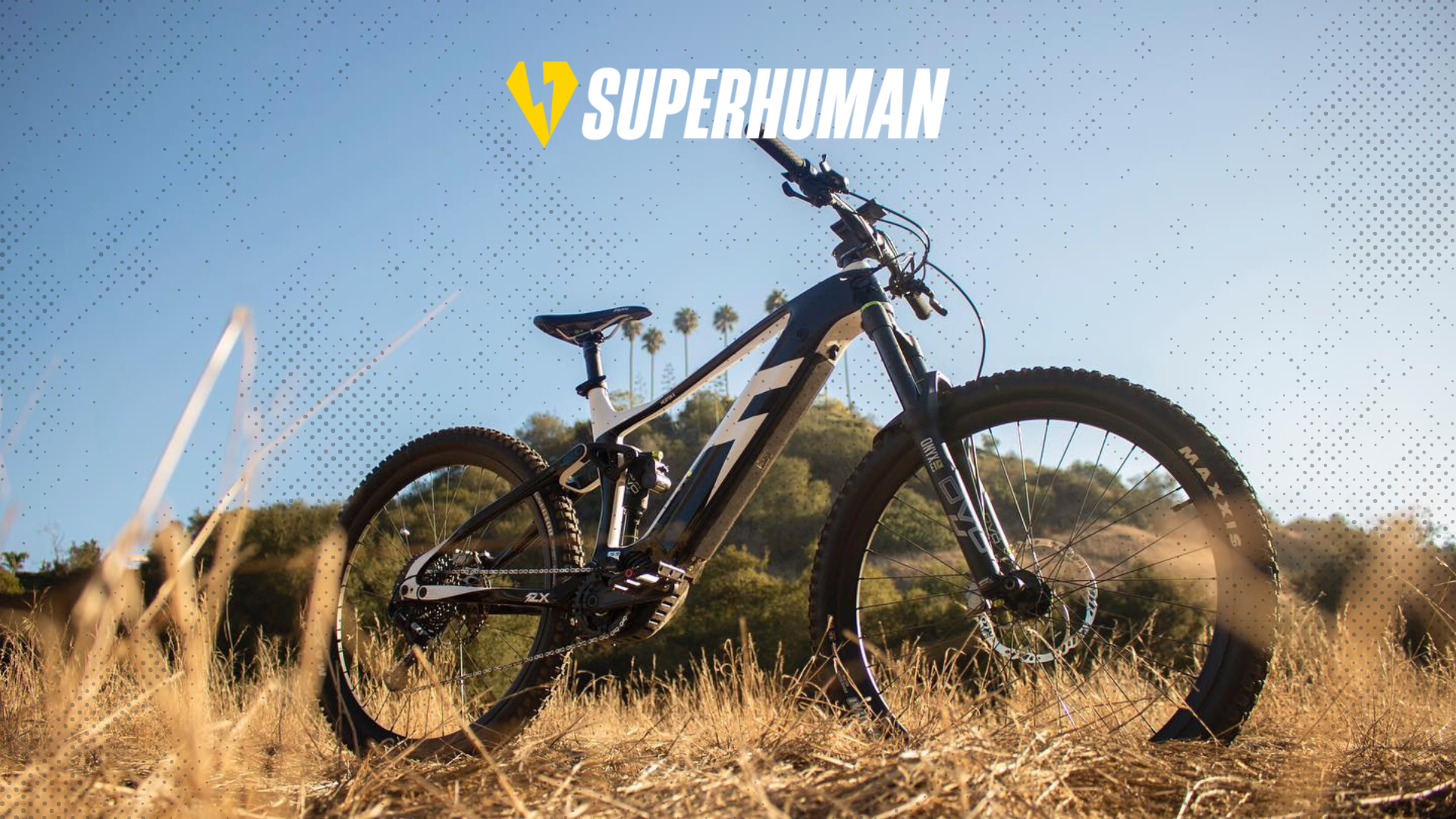E-bikes offer a fantastic way to commute, exercise, and enjoy the great outdoors. With so many options on the market, choosing the perfect e-bike can be overwhelming. In this guide, we'll cover the key factors to consider when purchasing an e-bike, including range, motor type, and budget. Whether you're a daily commuter, a weekend adventurer, or someone looking for an eco-friendly alternative to traditional transportation, this guide will help you make an informed decision.
1. Determine Your Purpose and Riding Style
Before diving into specific features, think about how you plan to use your e-bike:
- Commuting: If you need an e-bike for daily commuting, look for features like a comfortable seat, good lighting, and fenders to protect you from road spray.
- Recreational Riding: For weekend rides or leisurely trips, comfort and ease of use are key. Consider an upright riding position and a suspension system for a smoother ride.
- Off-Road Adventures: If you plan to tackle trails or rough terrain, look for e-bikes with robust suspension, wider tires, and higher torque.
Understanding your primary use will help you focus on the features that matter most for your lifestyle.
2. Consider Range and Battery Life
Range refers to how far an e-bike can travel on a single charge. This can vary based on factors like terrain, rider weight, and assistance level:
- Short Commutes: If your rides are typically short (10-20 miles), a smaller battery capacity should suffice.
- Moderate Rides: For rides between 20-50 miles, you'll want a medium-capacity battery.
- Long-Distance Rides: If you plan to take long trips (50+ miles), invest in a high-capacity battery for extended range.
Remember, battery life can be affected by temperature, terrain, and how much pedal-assist you use. Always check the manufacturer's range estimates and consider your specific riding conditions.
3. Choose the Right Motor Type and Power
The motor type and power can greatly influence your riding experience:
- Hub Motors: These are located in the front or rear wheel. Rear hub motors provide better traction and a more natural riding feeling, making them suitable for commuting and recreational riding.
- Mid-Drive Motors: Positioned at the bike's crank, mid-drive motors offer better weight distribution and increased efficiency, particularly on hills and rough terrain. They are ideal for off-road and performance-oriented riders.
Power is measured in watts (W). Common options include 250W, 500W, and 750W. Higher wattage typically means more power and faster acceleration, but it can also lead to faster battery depletion.
4. Evaluate Comfort and Ergonomics
Comfort is crucial for an enjoyable ride:
- Frame Size: Ensure the frame size fits your height and leg length. Many e-bike manufacturers provide size charts to help you choose the right fit.
- Handlebars: Choose handlebars that allow a comfortable grip and upright riding position if desired. Adjustable handlebars can offer added flexibility.
- Saddle: Opt for a comfortable, well-padded saddle. Consider a suspension seat post for added cushioning on rough terrain.
- Suspension: Front suspension (forks) or full suspension (front and rear) can significantly improve ride comfort by absorbing shocks from bumps and rough roads.
5. Budget Considerations
E-bikes come in a wide price range, so it's important to set a budget that aligns with your needs:
- Entry-Level: Basic models can start around $500-$1,000. They are suitable for short commutes and light recreational use but may lack advanced features.
- Mid-Range: Ranging from $1,000 to $3,000, these e-bikes offer a good balance of quality, performance, and features.
- High-End: Premium models range from $3,000 and up. They provide top-tier performance, advanced features, and high build quality, ideal for serious riders and enthusiasts.
Factor in the cost of accessories like helmets, locks, lights, and maintenance when budgeting for your e-bike.
6. Test Ride Before You Buy
Nothing beats a test ride to see how an e-bike feels and performs:
- Handling: Pay attention to how the bike handles turns, accelerates, and stops.
- Comfort: Assess the bike's comfort, including the seat, handlebars, and overall fit.
- Performance: Test the motor's power and responsiveness, especially if you plan to tackle hills or rough terrain.
Many e-bike shops offer test rides, or you can attend e-bike demo events to try multiple models.
Conclusion
Choosing the perfect e-bike involves considering your riding style, required range, motor type, comfort, and budget. By understanding these factors, you can find an e-bike that fits seamlessly into your lifestyle and meets your needs.
For a wide selection of high-quality e-bikes tailored to various needs, visit Superhuman Bikes. Their range of e-bikes ensures you’ll find the perfect match for your lifestyle, whether you’re commuting, adventuring, or just enjoying the ride.
Happy riding and enjoy your journey to finding the perfect e-bike!





Share:
Technology on Trails: How E-Bikes Are Revolutionizing Mountain Biking
Why e-Biking Is the Perfect Family Activity for Health and Bonding